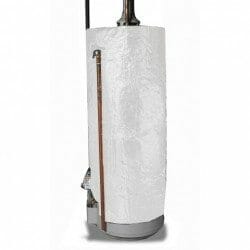Insulation on Hot & Cold Water Lines
Home » Plumbing » Water Heaters »
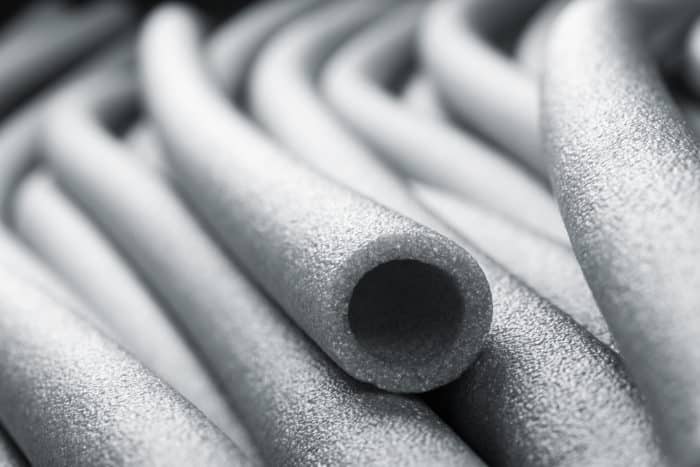
Insulating water pipes in a residential home can be useful for multiple reasons. Some common reasons are preventing freezing pipes, reducing the heat loss of the water in the hot water lines, and reducing sweating or condensation in cold water pipes in hot climates. The reduction of heat loss in the water sitting or flowing through the hot water lines can have a direct correlation with energy savings for a hot water heater.
Insulating Hot Water Lines for Energy Savings
The average household in the United States spends $400-$600 dollars per year on energy costs for their hot water heater. Installing water pipe insulation on hot water lines could theoretically save between 3-4% on an annual basis. This amounts to an approximate savings of $12 – $24 per year. Hiring a plumber to insulate the hot water lines in your unconditioned basement, crawlspace, or attic would cost hundreds of dollars resulting in a payback period of many years – possibly decades.
The best time to insulate hot water and cold water pipes is during construction or remodeling. This is the easiest time to accomplish the task and doesn’t take the plumbers hardly any extra time. Over the life of the house the insulation will more than pay for itself. However if you live in a home that is already built it would make the most sense to try to insulate the hot water pipes yourself.
It is generally estimated that by insulating the hot water lines, the water will stay 2°F–4°F warmer. This means that you could then reduce the thermostat on the hot water heater by 2°F–4°F and still get the same temperature water out of the taps as before. This is how the cost savings could theoretically work.
Some water savings could also occur since the pipes would be slightly warmer and the water would not cool down as fast flowing through. It may be insignificant year to year however if you consider the entire lifetime of the home, it could add up to substantial water savings.
Insulating water pipes to prevent freezing
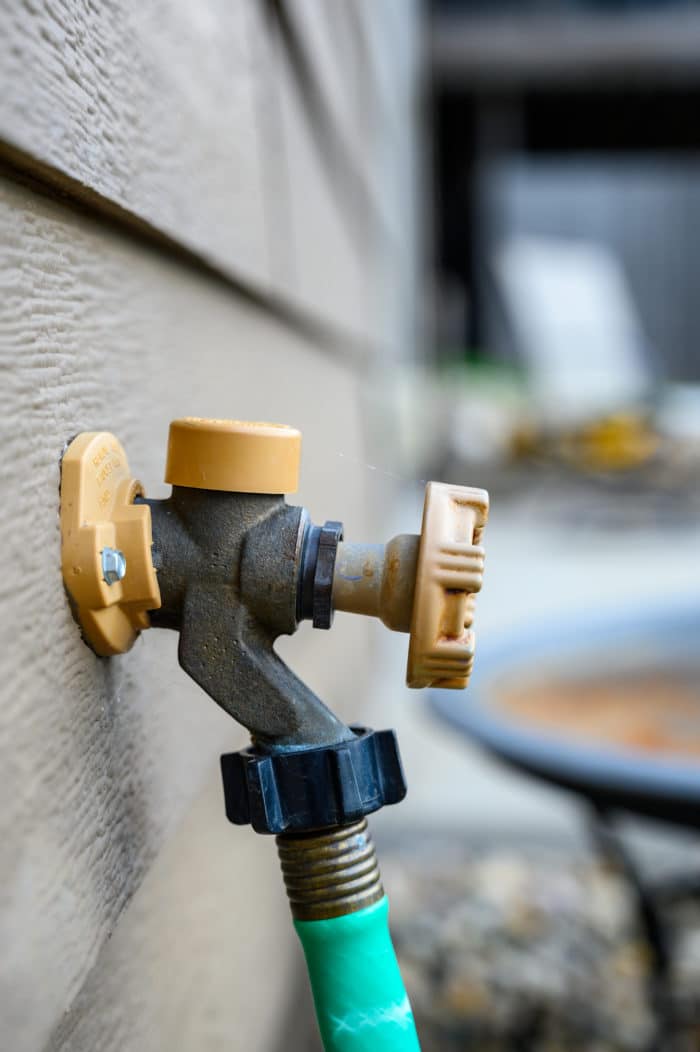
Insulating all of the water lines in areas that are prone to freezing is highly recommended as it gives the pipes that much more chance of not having the sitting water freeze in them during the winter. Paying someone for this task could more than pay for the cost if you consider what a plumber would charge to fix burst pipes.
If you have any spigots on the outside of the home, insulating the pipe right up to the spigot may not be enough. Special freeze proof valves and spigots can be installed for cold climates. They work by draining the water out of the valve or spigot after use back to the pipe in the insulated area so that the water cannot freeze inside the vulnerable spot. Some outdoor hydrant style water fixtures drain the water from the exposed pipe underground beneath the frost line.
Insulating water pipes to prevent sweating or condensation
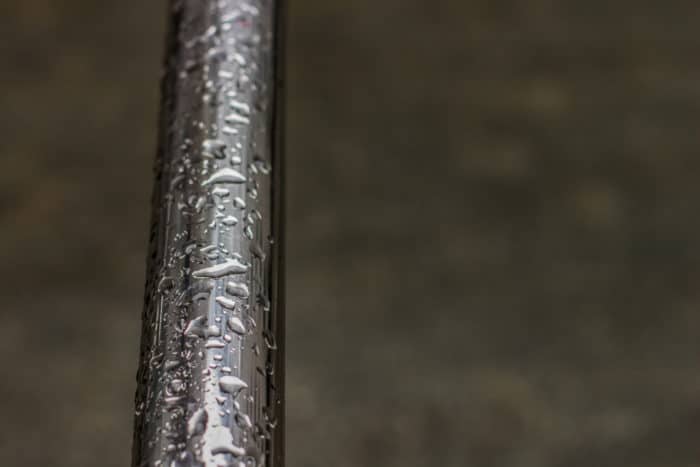
Cold water lines can “sweat” during hot humid days and this can be problematic for multiple reasons. It is important to note that the pipes are not actually sweating out water. Moisture from the warm humid air condenses into liquid water on a cold surface such as your cold water lines. Depending on the severity of the condensation and the location this could lead to mold, mildew ceiling staining, pests under the home and more. Steel water pipes are apt to rust and corrode when water condenses on them over and over again.
Properly insulating the cold water pipes from the warm humid air will help stop the excessive condensation from occurring and possibly damaging your home. Naturally some areas will still be able to condense like the gaps in the insulation around corners or butt joints, but the idea is to prevent the majority of it.
Different types of pipe insulation
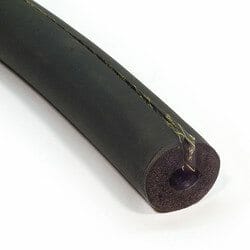
The most common types of pipe insulation that are found at the hardware stores are polyethylene, neoprene foam, and various pipe wraps such as fiberglass. Specialty products such as pipe jackets and heated insulation are also available but are more common in industrial or commercial use cases.
Most homeowners will find the black tubes of polyethylene or neoprene foam to be sufficient for their use case. These products are also easy to install since they can be cut easily, come in common sizes for home plumbing, and also include pieces for 90’s and tees as well as other common fittings.
The insulation usually has a long slit so that it can be easily slipped over existing pipe and secured by zip ties or other fasteners. Most brands at the big box store even have some adhesive along the slit so it can be secured together after installing over the pipes.
In some areas with a lot of connections or valves or other plumbing components it can be easier to use a foil backed fiberglass insulation pipe wrap. This will allow for maximum insulation coverage over a myriad of plumbing scenarios.
For locations that are prone to extreme freezing temperatures where pipe insulation alone will not suffice – pipe heating cables can be installed along the piping to keep it warm during the winter. These pipe heat cables can be plugged into timers, thermostats or regular wall outlets during freezing temperatures to ensure that sitting water in the pipe does not freeze and cause the plumbing to burst.
Installing pipe insulation near water heaters

Special attention must be had when installing the insulation on the water pipes coming out of and right next to water heaters. On a gas hot water heater the insulation needs to be 6” away from the flue. This means that if the water pipe is 8” away from the flue applying 2” thick insulation all the way around the pipe would keep you within the allowable spec.
It is also recommended to use fiberglass insulation around the gas flue without any backing material – as that is the part of insulation that is flammable. Using fiberglass with foil tape will be a non-flammable solution to insulating hot water pipes near the flue. On electric hot water heaters you can use the polyethylene or neoprene foam.

